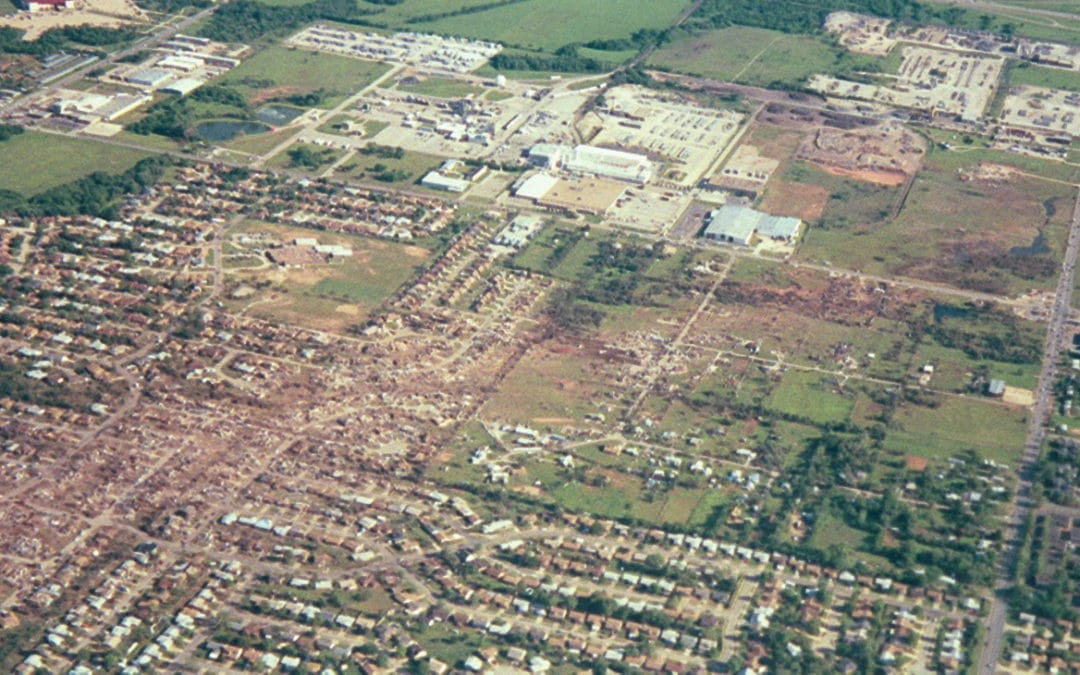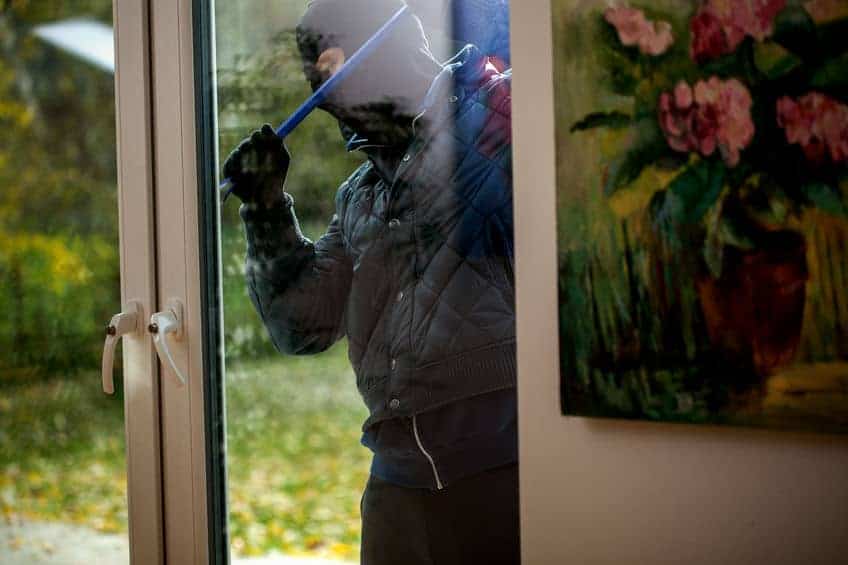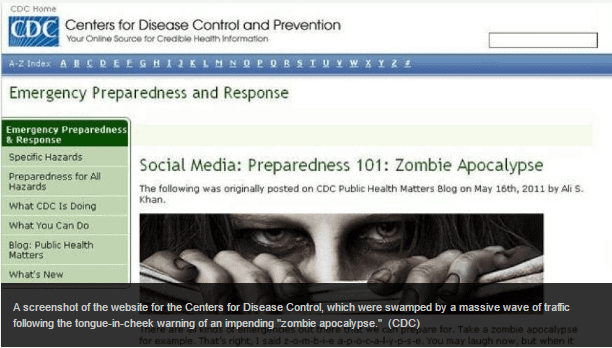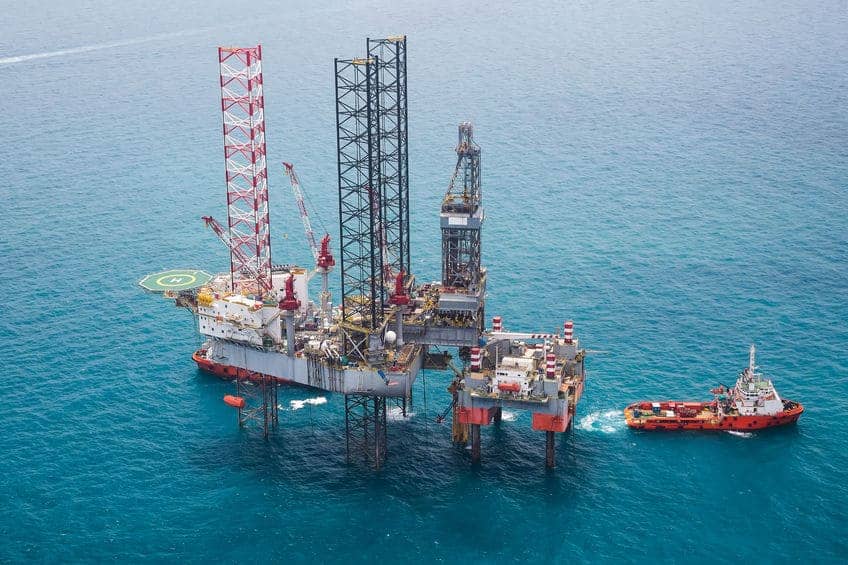
by Brian Brignac | Nov 29, 2011 | Archived, Disaster Recovery
According to the National Climatic Data Center (NCDC), the United States has experienced a record number of billion-dollar natural disasters –and of those, at least 10 are approaching a total of $50 billion dollars in costs.
Considered the “nation’s scorekeeper,” the NCDC tracks and evaluates climate events in the US and globally that have substantial economic and societal impacts. They report in the last 31 years, the U.S. has experienced 110 weather/climate-related disasters where overall damages and costs reached or exceeded $1 billion. And are you sitting? The total standardized loses exceed $750 billion.
Oftentimes when we consider of significant weather-related disasters, we automatically think earthquakes and hurricanes on the fringes of our country. But as you’ll see below, the Midwest took a significant beating this year from tornadoes.
Here are the top 10 most costly disasters of 2011 — so far, in order of costs/damages:
1. Southeast/Ohio Valley/Midwest Tornadoes, April 25 – 30. Over $7.3 billion insured losses, total loses greater than $10.2 billion, 321 deaths.
2. Southern Plains/Southwest Drought, Heat Wave and Wildfires, Spring-Summer. More than $10 billion and counting, at least 4 deaths.
3. Midwest/Southeast Tornadoes, May 22 – 27. More than $6.5 billion insured losses, total loses greater than $9.1 billion, and 177 deaths.
4. Hurricane Irene, August 20 – 29. More than $7.3 billion in damages, at least 45 deaths.
5. Mississippi River Flooding, Spring-Summer. More than $3 – 4 billion, as many as 7 deaths.
6. Midwest/Southeast Tornadoes, April 4 – 5. Over $2.0 billion insured losses, total losses greater than $2.8 billion, 9 deaths.
7. Southeast/Midwest Tornadoes, April 8 – 11. More than $1.5 billion insured losses, total losses greater than $2.2 billion, thankfully zero deaths reported.
8. Midwest/Southeast Tornadoes, April 14-16. Over $1.4 billion in insured loses, total losses greater than $2.1 billion, 38 deaths.
9. Upper Midwest Flooding, Summer. More than $1 billion, at least 5 deaths.
10. Groundhog Day Blizzard, January 29 – February 3. More than $1.0 billion in insured losses, total losses greater than $1.8 billion, 36 deaths.
For more detail on each of these horrible tragedies, visit the National Climatic Data Center.

by Brian Brignac | Aug 15, 2011 | Archived, Cybersecurity
If you’re thinking, “No one would want my company information, we’re never going to be a target of a hacker,” you’ll need to get your head examined and prepare for the worst. Hackers are attacking everyone from the little mommy bloggers to the US Government’s top information technology provider.
It’s no longer about IF you get hacked, but when. Everyone is vulnerable to the new breed of hackers prowling the Internet.
If you’re still not convinced, remember back in May (more…)

by Brian Brignac | Jul 16, 2011 | Archived, Cybersecurity
With the recent news about hacked systems Lockheed Martin and RSA, and given these organizations’ apparent sophistication, it is clear that it’s time for all of us to review the security of our IT systems. Small businesses are not nearly as interesting to high-end hackers, but the threat comes from many sources and is still quite real. This quick checklist can help you (more…)

by Brian Brignac | May 21, 2011 | Disaster Recovery
Bring it Zombies! Our Disaster Recovery Plan is Ready
disaaultata Take deep breaths.
I can see you shaking after listening to the forecast of events which may in fact, threaten our very human existence.
The world is ending this afternoon.
And if by some miracle we make it through that rapturous event, we’re surely going to be gobbled up during the Zombie Apocalypse. This is not good news. Not good at all.
As with all good Hollywood endings, (more…)

by Brian Brignac | Jun 17, 2010 | Archived, Disaster Recovery
As we build more complex systems like the Deep Water Horizon Rig, the potential for things to go catastrophically wrong increases – dramatically. As industries and products mature they do become more stable, examples are cars and atomic power. But oil exploration and information technology are, every day, pushing into new territory. These sectors have not had time to learn the lessons that more mature industries understand. We must remain cognizant of the risk these cutting edge environments carry.
Understanding the risk is not enough. Only through thorough preparedness can businesses and industries deliver proper value. Not to diminish the loss of life, jobs and the environmental damage, but as we read about pension funds, suspended dividends and the pain suffered by BP shareholders, let us in the information technology sector take that as a lesson.
Only through thorough preparedness can businesses and industries deliver proper value. Not to diminish the loss of life, jobs and the environmental damage, but as we read about pension funds, suspended dividends and the pain suffered by BP shareholders, let us in the information technology sector take that as a lesson.
It may seem self interested, since we’re in the business of protecting systems, but we’re on the front lines, and this much we know: Far too many companies take too much risk with their essential systems. Let’s let the BP disaster serve some good. Let’s all reevaluate our systems risks. Let’s give our stakeholders the protection they all deserve.






 Only through thorough preparedness can businesses and industries deliver proper value. Not to diminish the loss of life, jobs and the environmental damage, but as we read about pension funds, suspended dividends and the pain suffered by BP shareholders, let us in the information technology sector take that as a lesson.
Only through thorough preparedness can businesses and industries deliver proper value. Not to diminish the loss of life, jobs and the environmental damage, but as we read about pension funds, suspended dividends and the pain suffered by BP shareholders, let us in the information technology sector take that as a lesson.